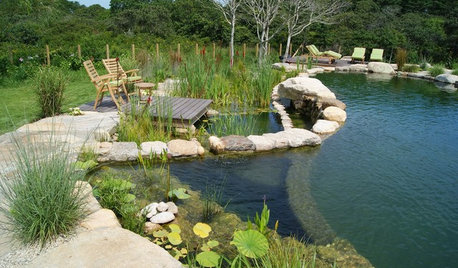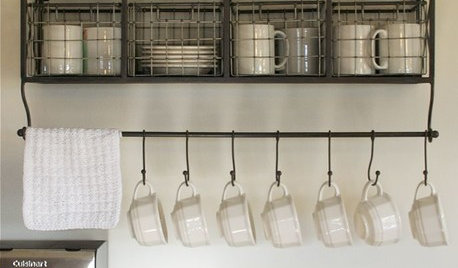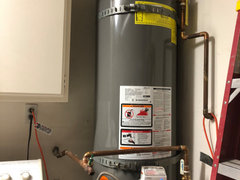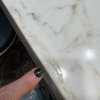Query re Hot Water
DDinSB (Z10b Coastal CA)
4 years ago
Featured Answer
Sort by:Oldest
Comments (22)
DDinSB (Z10b Coastal CA)
4 years agoDDinSB (Z10b Coastal CA)
4 years agoRelated Professionals
Chantilly Handyman · Athens Kitchen & Bathroom Remodelers · Santa Fe Kitchen & Bathroom Remodelers · West Palm Beach Kitchen & Bathroom Remodelers · Fort Pierce General Contractors · Greensburg General Contractors · Rolling Hills Estates General Contractors · Welleby Park General Contractors · Fontana Painters · Land O' Lakes Painters · Mastic Painters · Oak Lawn Painters · Romulus Painters · Bethel Park Kitchen & Bathroom Remodelers · Roselle Kitchen & Bathroom RemodelersDDinSB (Z10b Coastal CA)
4 years agoDDinSB (Z10b Coastal CA)
4 years agolast modified: 4 years agoDavidR
4 years agoDDinSB (Z10b Coastal CA)
4 years agoweedmeister
4 years agoJake The Wonderdog
4 years agoDDinSB (Z10b Coastal CA)
4 years agoJake The Wonderdog
4 years agolast modified: 4 years agoDDinSB (Z10b Coastal CA) thanked Jake The WonderdogDDinSB (Z10b Coastal CA)
4 years agoJake The Wonderdog
4 years ago
Related Stories

GARDENING AND LANDSCAPING13 New Ways to Make a Splash With a Hot Tub
Check out the modern options and custom features that are making outdoor spa tubs hot again
Full Story
LANDSCAPE DESIGNSecrets of a Successful Water Garden
Relax. Having a water garden is much easier once you understand the basics
Full Story
GARDENING AND LANDSCAPING8 Ways to Beautifully Integrate an Outdoor Hot Tub
Harmonize your hot tub with your landscape for good looks and great relaxation
Full Story
SUMMER GARDENING6 Water-Wise Perennials for Blazing High-Altitude Summers
Scorching weather and high elevations don't have to mean scraggly plantings. These blooms are as gorgeous as they are tough
Full Story
LIFEThe Top 5 Ways to Save Water at Home
Get on the fast track to preserving a valuable resource and saving money too with these smart, effective strategies
Full Story
LANDSCAPE DESIGN10 Ideas for a Creative, Water-Conscious Yard
Check out these tips for a great-looking outdoor area that needs less water
Full Story
GARDENING GUIDESEssential Watering Tips for Your Edible Garden
To give your edible plants just what they need, check out these guidelines for how, when and how much to water
Full Story
GARDENING GUIDESGreat Design Plant: Rocky Mountain Zinnia Brightens Hot, Dry Spots
Sunshiny flowers provide a showy drift of color in desert and prairie gardens — this native perennial is hardier than it looks
Full Story
KITCHEN DESIGNHot-Drink Stations Hit the Spot
Beverage bars brimming with cocoa, tea, coffee and all the accoutrements make winter entertaining a delight
Full Story
HOUZZ TOURSHouzz Tour: Battling the Tides Results in a Wondrous House on the Water
A complex construction effort pays off big-time with unobstructed views of Blue Hill Bay in Maine
Full Story













Jake The Wonderdog